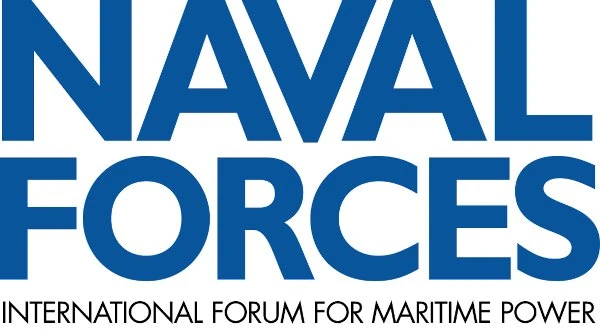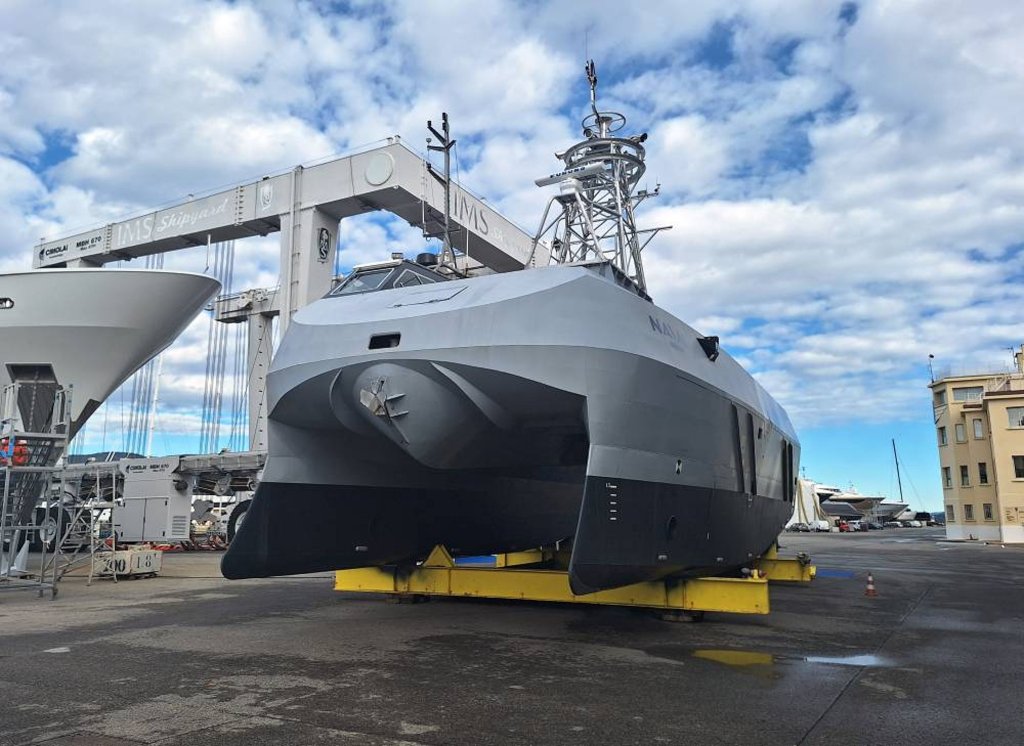Unmanned surface vehicles – like their underwater cousins – are being deployed in the maritime environment to support a wide variety of operations across the full range of peacetime, crisis and wartime missions. Nowadays, unmanned systems play an important role for maritime operations. As seen during recent conflicts, there is a staggering growth in autonomous vehicles. Considered a vital element of navies’ future force structure, autonomous unmanned systems, and in particular unmanned surface vehicles (USV), are becoming an integral part in the fleet inventories. This growing interest lies in the fact that USVs are well suited to carry out a wide range of missions, encompassing mine countermeasures (MCM), coastal anti-submarine warfare (ASW), intelligence-gathering and force protection, the latter of which securing ports and maritime infrastructures. The French Navy (Marine Nationale) is at the forefront of this development. One of the main topics of the sea service’s fleet renovation is focusing on the integration of USVs that are capable to mount a variety of modular mission payloads and feature a higher degree of autonomy, reliability and self-sufficiency in order to be sent on extended missions. This can be accomplished either independently or alongside individually deployed warships, aircraft carrier and amphibious warfare groups, or other surface action groups, even during high end fleet operations. In doing so, the French Navy is interested in expanding its portfolio of USVs with both Large Unmanned Surface Vessels (LUSV) and Medium Unmanned Surface Vessels (MUSV) in the 250-00 tonne range.
The Marine Nationale, together with French state-owned shipbuilder Naval Group, is about to accelerate the roadmap for any of these types of platforms. With Naval Group looking for a testbed platform to conduct experimental trials and evaluate its new navigation control, decision-making systems and payloads, the French DGA Defence Procurement Agency (Direction Générale de l‘Armement) brought into life its UGV Sterenn Du (Black Star in local Brittany’s dialect), which is available to Naval Group under a loan arrangement.
Constructed in 2010 by the Pech’Alu Shipyard in Morbihan, the USV Sterenn Du was delivered in 2011 in an attempt to support DGA’s stand-off MCM technology demonstration programme, named ESPADON (Ėvaluation incrèmentale de Solutions Potentielles d’Automatìsatìon de Deminage pour les Opérations Navales). It is programme that examined technologies for the French Navy’s next-generation MCM capability to replace its Eridan class (TRIPARTITE) minehunters. With a length of 17m, a beam of 7.5m, a 10-tonne payload and a displacement of 25 tonnes, the catamaran-hulled Sterenn Du is the largest USV ever built in France so far. Equipped with two diesel engines and two waterjets, it reaches a top speed of 18 knots; it can be used either in an autonomous operated mode, or piloted by two crew members and has the possibility to embark four additional people. The USV was used to evaluate the operational practicability of the remote, fully automated launch and recovery of towed sonar payloads and autonomous underwater vehicles (AUVs). When the ESPADON programme came to its end, the Sterenn Du was laid-up in Brest where the drone remained under DGA ownership.
Following DGA’s decision to put the drone at the disposal of Naval Group, Sterenn Du was taken out of the water in June 2022 to undergo extensive retrofitting by Sirahna, a subsidiary of Naval Group. The process included a variety of work: stripping and repainting of the aluminium hull; complete overhaul of the propulsion system; installation of new communications systems; new PSIM-X lattice mast mounting designed according to the same principle as the PSIM (panoramic sensors and intelligence module) developed for GOWIND corvettes and FDI frigates (Frégate de défense et d‘intervention); an additional navigation radar; day/night cameras for 360-degree view; launch and recovery system (LARS) between the twin hulls; integration of a drone kit made up of a remote ship and payload control system including a situation awareness system festuring a computer core with calculators and algorithms. The latter enabling the USV to evolve with controlled decision-making autonomy and an obstacle/collision avoidance system.
Upon completion of its major upgrade in June 2023, and following some at-sea trials off the coast of Morbihan, the Sterenn Du catamaran left Lorient on 9 October 2023, loaded on board the Dutch-flagged cargo ship MS Eendracht, and arrived in La Seyne-sur-Mer five days later. On 16 October 2023, the drone was towed to IMS Shipyard in Saint-Mandrier-sur-Mer where it was dry-docked to undergo last minute technical interventions and to be repainted in the colours of Naval Group. The IMS site is already being used by the shipyard as a technical base for testing its other naval drones, e.g. the 7.7m Remora surface drone, the 10m DDO ocean-going drone and the 5m D19 unmanned underwater vehicle (UUV).
Sterenn Du’s comprehensive at-sea trials scheme kicked-off in December 2023 and are expected to continue throughout this year. The programme incorporates tests to study manned-unmanned teaming (MUM-T), optimal payload configurations, communications robustness, connectivity and long-range reliable communications links, as well as remote monitoring, continuous bandwidth availability, sufficient power for propulsion and sustained and full use of ‘power-hungry’ organic sensors. Additionally, big data processing and analysis, as well as autonomous launch/recovery of towed sonars, UUVs and small USVs from Sterenn Du’s mission bay are also on the agenda. Naval Group also examines ways to the further maturing of the controlled decision-making algorithms that provide USVs with a higher autonomy to operate during much longer times and at greater distances. In addition, there is much work to evaluate the possible deployment of Sterenn Du as a launch platform for swarms of aerial micro-UAVs.
The results obtained from all these tests will allow to collect valuable data under real operating conditions – all of which are data that form an essential part for the development of the LUSV and MUSV concepts of operation (CONOPS), procedures, operational guidelines, as well as customised education and training syllabi. Although considerable progress has already been made, there is still a significant amount of work to be done to bring the autonomy of USVs up to the level that will enable this type of drones to act on their own. Consequently, Naval Group continues to look into innovative technologies. Naval Group is also running studies and projects to understand and verify what approaches and what criteria may be needed for introducing novel technologies. Concepts will address, amongst others: encrypted and electronic warfare-protected communications infrastructure; intelligent route planning; obstacle/target detection and collision avoidance algorithms allowing to generate collision-free paths in congested waterways; decision-making autonomy based on artificial intelligence (AI) and augmented reality (AR) technologies; autonomous waypoint navigation, and protective measures against cyber-attacks. How to ‘refuel’ the USVs while these are transiting the open sea (allowing them to remain on station for extended periods) may be another aspect that should be studied in detail.
If the above mentioned concepts can be realized and be put into operational use, unmanned systems may be ‘thinking for themselves’. However, it is obvious that despite such state-of-the-art technology cannot completely replace warships and their crews, but rather be intended as a force multiplier to traditional manpower and to augment them to make the a fleet more effective and capable as a fighting system.
Guy Toremans

